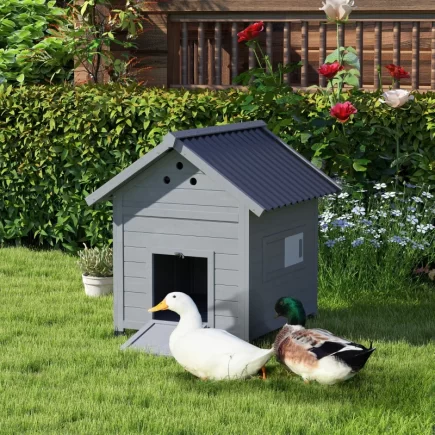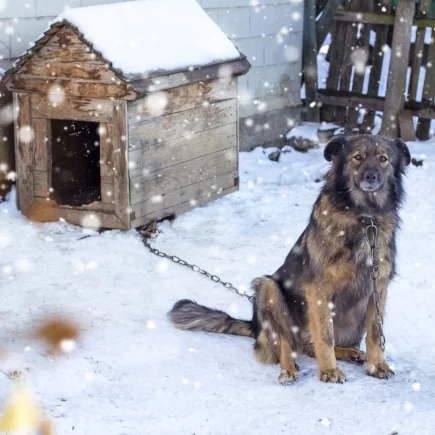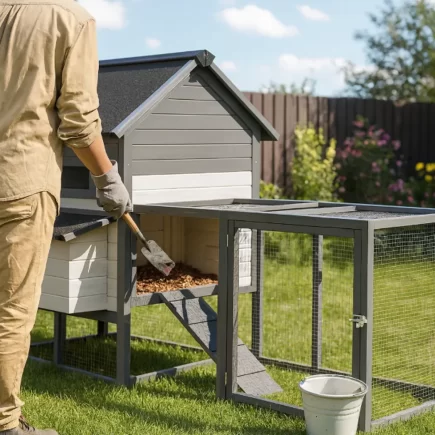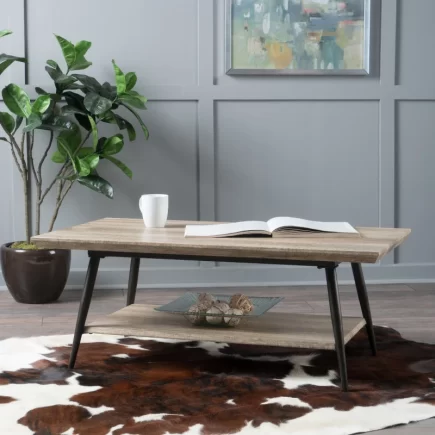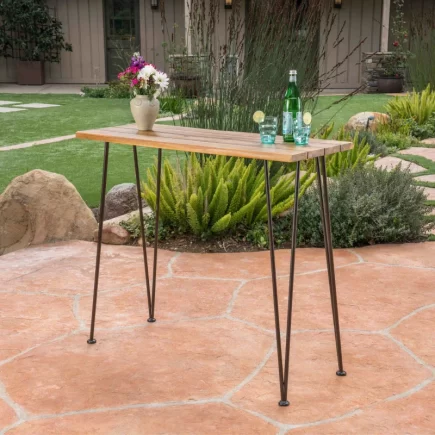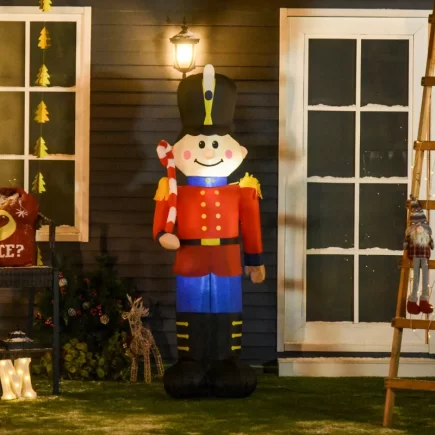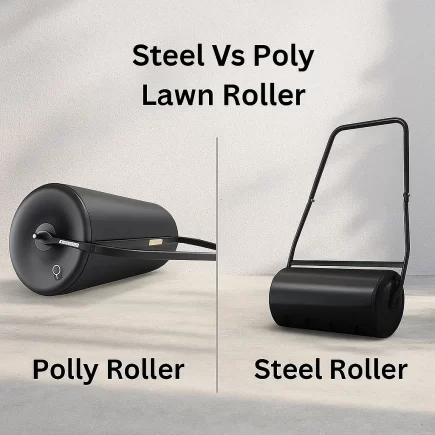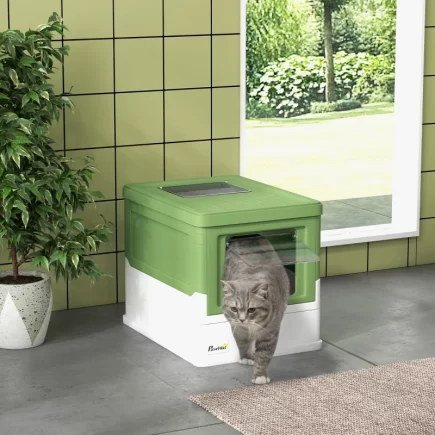When the temperature drops, keeping your dog warm isn’t just about comfort, it’s about health and safety. Whether your pup spends a few hours or most of the day outdoors, a well-insulated and properly prepared dog house can make a huge difference. With a few smart upgrades, you can transform any outdoor shelter into a cozy, weatherproof retreat that keeps your pet safe even when the frost sets in.

This expert guide walks you through practical, affordable, and pet-safe ways to warm your dog’s house. From insulation and heating options to breed-specific care tips, here’s everything you need to know.
1. Understand How Cold Is Too Cold for Dogs
Not all dogs react the same way to cold. Factors like breed, coat thickness, size, and age all affect how much warmth they need.
| Temperature (°F) | Comfort Level for Most Dogs | What to Do |
| 50°F – 60°F | Comfortable | Normal outdoor time is fine |
| 45°F | Mildly cool for small/short-haired dogs | Add bedding and limit exposure |
| 32°F | Risky for many breeds | Provide shelter and insulation |
| 20°F and below | Dangerous | Bring dogs indoors or use heated shelter |
Breed Example: A Siberian Husky may stay comfortable at 25°F, but a Beagle or Dachshund may start shivering at 40°F. Always observe your dog’s behavior, if they curl up tightly, lift their paws, or seem reluctant to stay outside, it’s time to provide warmth.
2. Choose the Right Spot for the Dog House

Placement plays a big role in how well the dog house retains heat. Even a well-built structure can feel cold if it’s sitting in a windy, damp area.
Best practices:
- Pick a sunny spot in your yard to take advantage of daytime warmth.
- Face the entrance away from the wind. In most. regions, this means facing south or southeast.
- Avoid low areas where rain or snowmelt might pool.
- Use natural barriers like fences, bushes, or garden sheds to block wind.
3. Raise and Insulate the Floor First
The ground pulls heat away quickly, especially when it’s damp or frozen. Elevating your dog house is one of the easiest ways to make it warmer.
How To Raise Dog House:
- Place the dog house on concrete blocks, bricks, or treated wood pallets (4–6 inches high).

- Check stability so it doesn’t wobble or tip.
- Use rubber mats or straw beneath to block cold air circulation.
How To Build A Insulated Dog House Floor:
- Insert foam board panels or reflective insulation beneath the floor.
- Seal gaps with silicone or waterproof adhesive to keep moisture out.
Tip: An elevated, dry base can make the interior up to 10°F warmer than one resting directly on the ground.
4. Insulate the Walls, Roof, and Ceiling

Good insulation traps body heat inside, helping your dog’s own warmth do the heavy lifting. Focus on the interior surfaces, especially walls and the roof, where heat tends to escape.
Best insulation materials:
| Material | Advantages | Safety Tip |
| Foam board | Lightweight, easy to cut | Cover with plywood to prevent chewing |
| Reflective foil | Reflects body heat effectively | Avoid sharp edges |
| Recycled panels | Eco-friendly and affordable | Use non-toxic adhesive only |
Step-by-Step Dog House Insulation:
- Measure interior walls and cut foam board to fit.
- Attach using non-toxic construction adhesive.
- Seal gaps at joints and corners.
- Cover the insulation with thin plywood or plastic panels to keep it chew-proof.
- Don’t forget the roof, heat rises, so insulating the ceiling is crucial.
Pro Tip: For extra efficiency, add a thin reflective foil layer just under the roof. It bounces heat back into the house, improving warmth without adding bulk.
5. Seal Gaps and Weatherproof the Exterior
Even the best insulation won’t help if cold air seeps through gaps. Spend time sealing the house’s joints and covering exposed areas.
How To Weatherproof Dog House:
- Apply pet-safe caulk around seams, corners, and window edges.
- Use vinyl or plastic door flaps to block wind without restricting access.
- Apply a coat of waterproof exterior paint or wood sealer.

Maintenance Tip: Check caulking and paint each fall, UV light and rain can cause cracks that let in drafts. If you notice damp spots, re-seal immediately.
6. Add Safe, Warm Bedding
Bedding is the heart of warmth and comfort. It’s where your dog will spend most of their time resting, so choose materials that trap heat and stay dry.
Top Bedding Options:
| Material | Pros | Cons |
| Straw | Great insulation, cheap | Must replace often, can get dusty |
| Cedar or pine shavings | Natural insect repellent | May irritate sensitive dogs |
| Fleece blankets | Soft and washable | Can retain moisture |
| Self-warming pads | Reflect heat, no electricity needed | Pricier than straw |
Helpful Tip: Layer bedding, start with straw or foam padding at the bottom, then add blankets or a washable mat on top. Replace bedding weekly or immediately if it gets wet.
7. Add Heating the Safe Way (Electric and Non-Electric Options)

While insulation handles most of the warmth, in extremely cold regions, you may need extra heating. The key is safety and control, never use open flames or regular space heaters.
Electric Heating Options
- Dog house Heaters:
- Set temperature between 40°F–75°F depending on breed and size.
- Mount on the wall or roof to prevent contact burns.
- Heated Pads or Mats:
- Place under bedding, not directly on the surface.
- Always give your dog space to move off the heated area.
Non-Electric Alternatives
- Self-warming beds use reflective layers to retain body heat.
- Microwavable rice socks or heating packs work temporarily for mild nights.
- Thermal curtains or heavy blankets draped over the roof can further trap heat.
Avoid: Standard heat lamps or household space heaters. They pose major fire hazards and can cause burns or dehydration.
8. Improve Heat Retention with Doors and Flaps
A well-sealed entrance can make a surprising difference. Think of it like insulating your own front door.
Options to try:
- Heavy-duty vinyl door flap: Flexible, clear, and weather-resistant.
- Insulated dog door panels: Ideal for homes with frequent outdoor trips.
- Curtain-style entry covers: Easy DIY option with thick fabric or rubber matting.
These barriers prevent wind gusts from cooling the interior and keep rain or snow outside.
Quick Test: After adding a flap, place a thermometer inside the house overnight. You should see at least a 5–8°F increase in retained warmth compared to an open doorway.
9. Comfort and Style Upgrades
Your dog’s house doesn’t just need to be functional, it can also look great and feel cozy. Thoughtful decoration dog house ideas add those finishing touches that make the space truly inviting.
Ideas:
- Soft rugs or mats inside for a plush feel.
- Curtains or side covers for visual warmth.
- Paint or stain that complements your backyard décor.
- Add a small nameplate or hook for your dog’s leash or toys.
10. Breed-Specific Warmth Tips
Each dog’s warmth needs differ based on their build, coat, and health. Adjust your setup to match your pet’s profile.
| Dog Type | Warmth Needs | Recommended Setup |
| Small & Short-haired (Chihuahua, Beagle) | High | Thick bedding, heated pad, draft protection |
| Medium breeds (Labrador, Bulldog) | Moderate | Insulated house, fleece bedding, vinyl flap |
| Large & Thick-coated (Husky, Malamute) | Lower | More ventilation, straw bedding, shaded spot |
| Senior or Arthritic Dogs | High | Heated mat, non-slip flooring, soft blanket |
| Puppies | Very High | Heated bedding, constant monitoring |
Pro Tip: Older dogs lose body heat faster. For senior pets, maintaining warmth above 45°F indoors is vital to avoid stiffness and fatigue.
11. Safety Rules and Common Mistakes to Avoid
Warmth means little without safety. Some heating or insulation mistakes can create serious hazards.
Avoid these common errors:
- Using regular space heaters:
Standard household space heaters are not designed for small, enclosed spaces like dog houses. They can easily tip over, overheat, or ignite nearby bedding, posing a serious fire hazard and endangering your pet.

- Overheating the house:
Dogs regulate body temperature differently from humans and can’t sweat to cool down. When the house gets too warm, they risk dehydration, heat stress, and even heatstroke, so always use thermostatic controls. - Unprotected cords:
Dogs often chew out of curiosity or boredom, and exposed wires can lead to electric shock or burns. Use chew-resistant cord covers or protective conduit tubing to keep all cables safely out of reach. - Lack of ventilation:
An airtight dog house traps moisture from your pet’s breath and body heat, leading to condensation and mold. Small vents near the roof allow fresh air to circulate without losing warmth. - Hay bedding:
While hay may seem cozy, it absorbs moisture easily and becomes a breeding ground for mites, bacteria, and mold. Choose clean straw or washable fleece bedding instead for a safer, drier environment.
Quick Safety Checklist:
| Task | Frequency |
| Inspect heater cords | Weekly |
| Check vents and seals | Bi-weekly |
| Replace bedding | Weekly or when wet |
| Monitor temperature inside | Daily during extreme cold |
12. Routine Maintenance and Seasonal Checks
Consistent upkeep ensures your efforts last through multiple winters. Make it part of your seasonal routine.
Before winter:
- Test electrical components and thermostats.
- Seal cracks in walls or roof.
- Apply waterproof coating or fresh paint.
During winter:
- Replace any damp bedding immediately.
- Sweep out debris or straw buildup.
- Check temperature regularly using a thermometer inside the house.
After winter:
- Deep clean the interior.
- Air-dry the structure to prevent mildew.
- Inspect for wear or chewing damage before storage or repainting.
Tip: Consider using a hinged roof design for easy cleaning and maintenance access.
Keeping your dog’s house warm isn’t just about luxury, it’s about ensuring your furry friend stays safe, healthy, and happy through winter. A little effort in insulation, weatherproofing, and safe heating pays off with peace of mind and comfort for your pet.
If you’re building or upgrading your dog’s shelter, explore Aosom’s collection of high-quality, weather-resistant Dog House. Many of our designs already include elevated bases, protective roofs, and insulated interiors, saving you time while giving your dog the warmth they deserve.
FAQs
1. What’s the difference between straw and hay for dog bedding?
Straw is dry, hollow, and great for trapping heat. Hay, on the other hand, is dense and retains moisture, which encourages mold and mites. For safety and cleanliness, always choose straw or synthetic bedding over hay.
2. Can I make a dog house warm using solar power?
Yes, but with limitations. Solar-powered heaters or panels can help on sunny days, but they may not generate enough heat during long, cold nights. You can boost efficiency by using solar panels to power a low-watt heater or light connected to a thermostat.
3. Do dog houses need doors in winter?
Yes. A flap or door cover is essential to stop wind, snow, and rain from entering. Vinyl or heavy plastic works best, it blocks drafts but still allows your dog to push through easily. Doors can raise the inside temperature by several degrees overnight.

